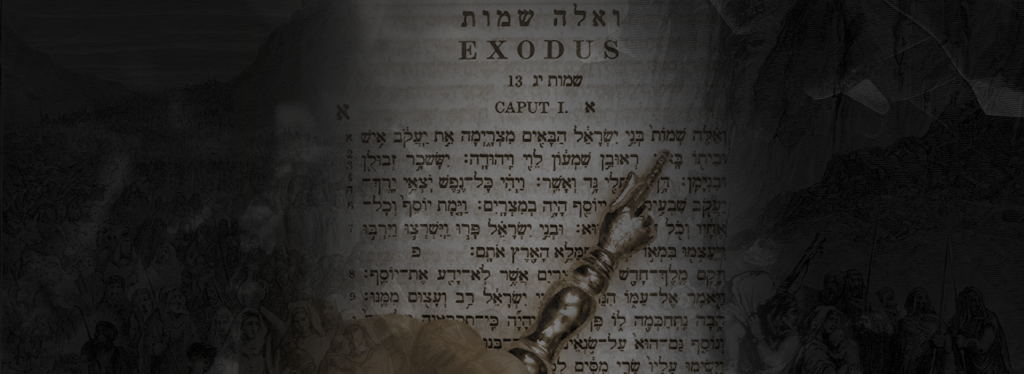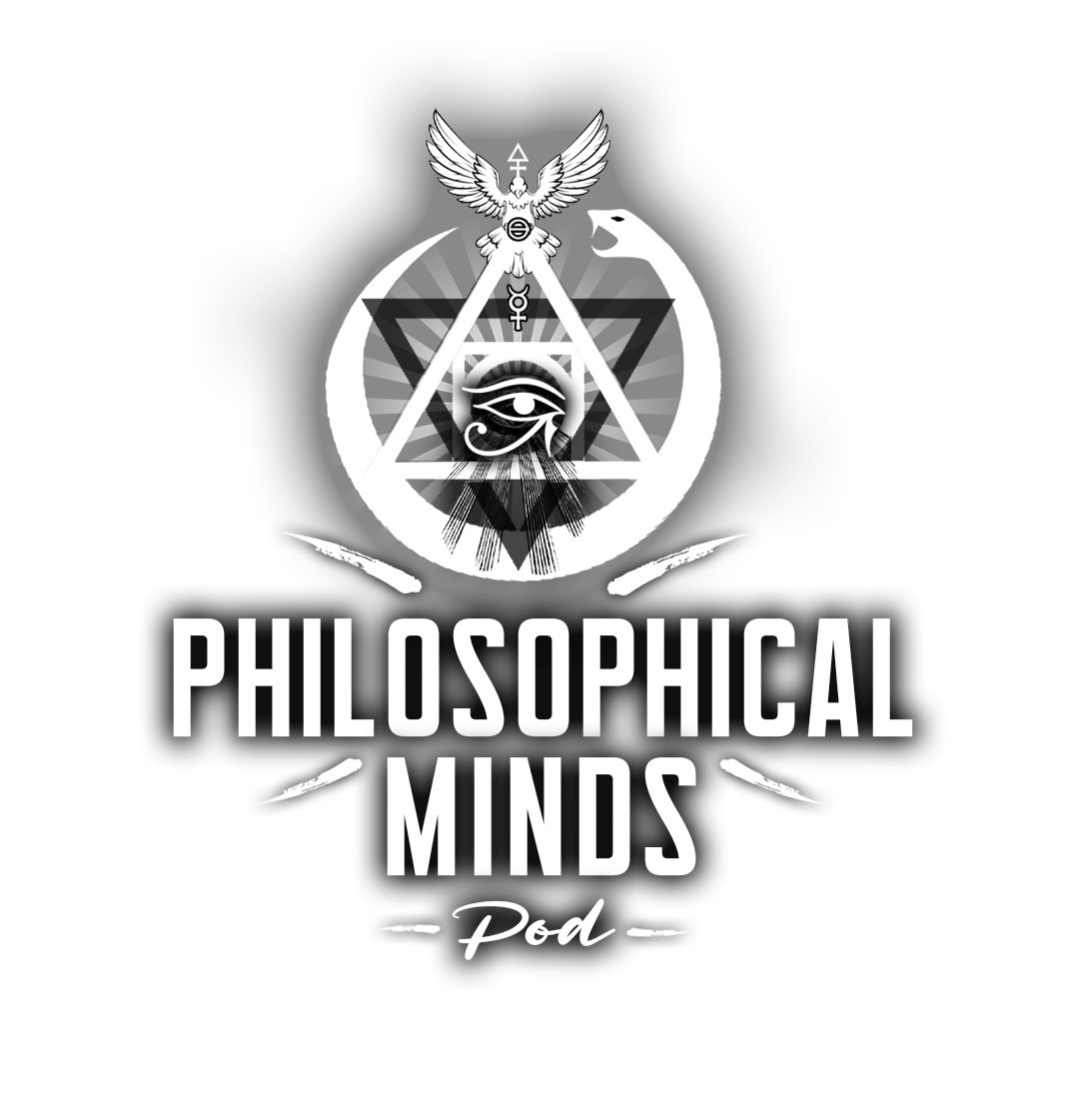The Shem HaMephorash: Origins, Transmission, and Mystical Significance

The Shem HaMephorash, or “The Explicit Name,” is a revered concept in Jewish Kabbalistic tradition, denoting a set of divine names imbued with sacred significance and mystical power. This article delves into the origins, historical transmission, and esoteric applications of the Shem HaMephorash, providing a comprehensive overview of its role in Jewish mysticism and its influence on later spiritual practices.
Origins and Definition

The Shem HaMephorash is derived from the Hebrew Bible, specifically from the Book of Exodus. It consists of a sequence of 72 divine names, each corresponding to a letter combination extracted from three verses in Exodus 14:19-21. The names are seen as direct expressions of the divine essence and are used in Kabbalistic and magical practices to invoke spiritual power and achieve divine alignment.
1. Exodus 14:19: “And the angel of God, who went before the camp of Israel, moved and went behind them; and the pillar of cloud went from before them and stood behind them.”
2. Exodus 14:20: “And it came between the camp of the Egyptians and the camp of Israel; and it was a cloud and darkness to them, but it gave light by night to these, so that the one came not near the other all the night.”
3. Exodus 14:21: “And Moses stretched out his hand over the sea; and the Lord caused the sea to go back by a strong east wind all that night, and made the sea dry land, and the waters were divided.”
By analyzing these verses, Kabbalists extract a 72-letter sequence which is then rearranged to form 72 distinct names of God. Each name is associated with particular divine attributes and is believed to possess unique mystical properties.
Historical Transmission and Development
The Shem HaMephorash’s origins can be traced back to early Jewish mystical traditions. Its transmission and development occurred through various stages, reflecting its evolving role in Jewish spirituality:
1. Early Kabbalistic Texts: The Shem HaMephorash appears in early Kabbalistic writings, including the Zohar (the foundational work of Kabbalah) and various writings from the Kabbalists of Safed in the 16th century. The use of the Shem HaMephorash in these texts underscores its significance in Kabbalistic practice.
2. Medieval Influences: Medieval Jewish scholars, such as the authors of the Sefer HaBahir and the Sefer HaTzohar, contributed to the development of the Shem HaMephorash by incorporating it into their mystical frameworks. These texts provided foundational interpretations and expanded the understanding of the Shem HaMephorash.
3. Transmission to Western Esotericism: The Shem HaMephorash influenced Western esoteric traditions through the transmission of Jewish mystical ideas into Christian Kabbalistic and magical practices. Works such as the Lesser Key of Solomon and other grimoires reflect the integration of Kabbalistic concepts, including the Shem HaMephorash, into Western occultism.
Mystical Significance and Applications
In Kabbalistic tradition, the Shem HaMephorash holds profound mystical and practical significance:
1. Divine Attributes: Each of the 72 names is associated with specific divine attributes and powers. Practitioners believe that invoking these names can align them with divine energies and facilitate communication with higher spiritual realms.
2. Meditation and Prayer: The Shem HaMephorash is used in meditation and prayer to focus the mind on divine qualities and seek spiritual insight. By meditating on specific names, practitioners aim to achieve spiritual enlightenment and personal transformation.
3. Ceremonial Magic: In ceremonial magic, the Shem HaMephorash is employed to perform rituals and invocations. The names are used to channel divine energies, influence events, and achieve specific magical outcomes.
4. Protection and Healing: The Shem HaMephorash is also utilized for protective and healing purposes. The names are believed to offer spiritual protection and facilitate healing by invoking divine assistance.
Historical and Scholarly Perspectives
1. Kabbalistic Texts: Key Kabbalistic texts, such as the Zohar, the Sefer HaBahir, and the writings of Isaac Luria, provide insight into the origins and applications of the Shem HaMephorash.
2. Modern Scholarship: Scholars such as Gershom Scholem and Aryeh Kaplan have explored the Shem HaMephorash from historical, theological, and mystical perspectives. Their works offer valuable insights into the development and significance of this concept within Jewish mysticism.
3. Western Esoteric Tradition: The influence of the Shem HaMephorash on Western esoteric practices is documented in various grimoires and magical texts, reflecting the integration of Kabbalistic ideas into Western occultism.

The Angels
The Shem HaMephorash, or “The Explicit Name,” refers to a set of 72 divine names derived from three verses in the Book of Exodus. Each of these names is traditionally associated with an angelic being in Kabbalistic and magical traditions. Here is a list of the 72 angels of the Shem HaMephorash:
Each angel is associated with specific attributes and functions, reflecting the divine attributes and principles derived from the Shem HaMephorash. The exact names and attributes may vary slightly across different sources and interpretations within Kabbalistic and magical traditions.
1. Vehuiah – The angel of Enlightenment.
2. Jeliel – The angel of Peace.
3. Sitael – The angel of Nobility
4. Elemiah – The angel of Discovery
5. Mahasiah – The angel of Theology.
6. Lelahel – The angel of Love.
7. Achaiah – The angel of patience.
8. Cahetel – The angel of Protection/Hunting.
9. HAZIEL – The angel of Faith
10. ALADIAH – The angel of Healing
11. LAUVIA -The angel of Fame
12. HAHAIAH – The angel of Charity
13. IAZALEL – The angel of Memory
14. MEBAHEL – The angel of Influence
15. HARIEL – The angel of Discovery
16. HAKAMIAH – The angel of Victory/Defense
17. LAUVIAH – The angel of Rest
18. CALIEL – The angel of Innocence
19. LEUVIAH – The angel of Memory
20. PAHALIAH – The angel of Morality
21. NELCHAEL – The angel of Mathematics
22. IEIAIEL – The angel of Travel in Commerce
23. MELAHEL – The angel of Medicinal Herbs
24. HAIVIAH – The angel of Grace
25. NITHHAIAH – The angel of Occult Science
26. HAAIAH – The angel of Reconciliation
27. IERATHEL – The angel of Defense
28. SEEHIAH – The angel of Longevity
29. REIIEL – The angel of Mysticism
30. OMAEL – The angel of Patience
31. LECABEL – The angel of Astrology
32. VASARIAH – The angel of Justice
33. IEUIAH – The angel of Revelation
34. LEHAHAIAH – The angel of Respect
35. CHAVAKIAH – The angel of Friendship
36. MENADEL – The angel of Releases
37. ANIEL – The angel of Victory
38. HAAMIAH – The angel of Protection
39. REHAEL – The angel of Health
40. IEIAZEL – The angel of Literature
41. HAHAEL – The angel of Priests
42. MICHAEL – The angel of Politics
43. VEUALIAH – The angel of Peace
44. IELAHIAH – The angel of Courage
45. SEALIAH – The angel of Education
46. ARIEL – The angel of Treasure
47. ASALIAH – The angel of Contemplation
48. MIHAEL – The angel of Harmony
49. VEHUEL – The angel of Humility
50. DANIEL – The angel of Justice
51. HAHASIAH – The angel of Chemistry
52. IMAMIAH – The angel of Investigation
53. NANAEL – The angel of Enlightenment
54. NITHAEL – The angel of Stability
55. MABAIAH – The angel of Religion
56. POIEL -The angel of Fortune
57. NEMAMIAH – The angel of Prosperity
58. IEIALEL – The angel of Vision
59. HARAEL – The angel of Treasures
60. MITZRAEL – The angel of Virtue
61. UMABEL – The angel of Astronomy
62. IAHHEL – The angel of Knowledge
63. ANAVEL -The angel of Trade
64. MEHIEL – The angel of Oration
65. DAMABIAH – The angel of Water
66. MANAKEL – The angel of Dreams
67. EIAEL – The angel of Wisdom
68. HAHNIAH – The angel of Fertility
69. ROEHEL – The angel of Law
70. IABAMIAH – The angel of Philosophy
71. HAIAIEL – The angel of Devine Weapons
72. MUMIAH – The angel of Longevity
References
1. Scholem, Gershom. Kabbalah. Meridian, 1978.
2. Kaplan, Aryeh. Meditation and Kabbalah. Weiser Books, 1982.
3. Zohar. Translated by Daniel C. Matt. Stanford University Press, 2004-2008.
4. Elior, Rachel. The Three Temples: On the Emergence of Jewish Mysticism. Hebrew University Press, 2009.
5. Idel, Moshe. Kabbalah: New Perspectives. Yale University Press, 1988.
6. Sefer HaBahir. Translated by Daniel C. Matt. Stanford University Press, 2004.
7. Lesser Key of Solomon. Edited by S.L. MacGregor Mathers. The Lodge of the Golden Dawn, 1904.
The Shem HaMephorash represents a profound aspect of Jewish Kabbalistic tradition, embodying the mystical exploration of divine names and their attributes. Its origins, historical transmission, and mystical significance reveal a rich tapestry of spiritual practice and belief. Understanding the Shem HaMephorash provides valuable insights into the ways in which Jewish mysticism and Western esotericism seek to connect with the divine through the power of sacred names.
